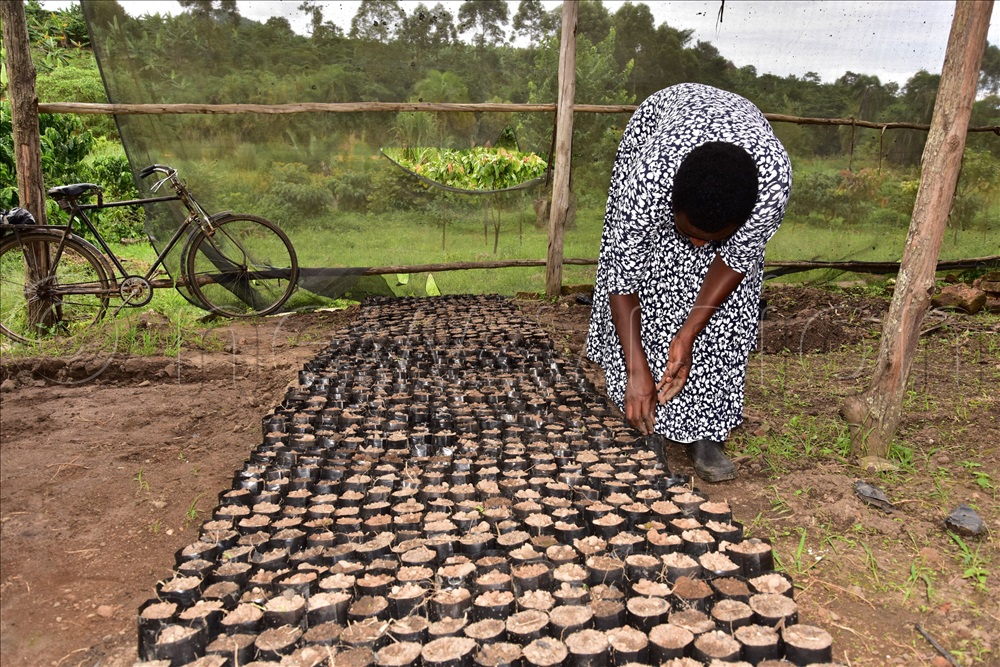Starting a nursery garden may look simple, but behind every healthy seedling is a well-planned and carefully managed process. For anyone looking to venture into this profitable agribusiness, understanding what it takes to set up and sustain a nursery garden is crucial.
Doreen Nankunda, a passionate nursery seedling dealer from Kinyaigara village in Kitagwenda district, says starting a nursery garden need more than just digging and planting.
“You have to prepare good soil, choose the right location, and be ready to learn continuously,” she explains.
According to Nankunda, the first step is selecting the right type of soil.
“Seedlings are delicate. They need loose, fertile, and well-drained soil to thrive,” she says.
Most nursery operators mix loam soil with sand and organic matter like decomposed cow dung to create a perfect medium for root development.

Another key factor is the location of the nursery.
According to Nankunda, a good nursery site should be slightly shaded, accessible to water, and away from strong winds. This helps protect the young plants from harsh conditions while ensuring they get enough light and moisture.
Henry Sekyewa, an agronomist, says poor site selection is one of the main reasons many nursery businesses fail.
“If you place your nursery in a spot with poor drainage or too much direct sunlight, the seedlings will suffer. Also, having access to clean water for regular irrigation is vital. Dry seedlings won’t survive,” he notes.
Sekyewa also stresses the importance of seedling arrangement and packaging.
“You need to have a proper plan for where each type of seedling will go. Group similar plants together and label them clearly. This makes management easier and impresses your customers,” he says.
For packaging, most nursery operators use black polythene tubes or pots. These must be filled properly with the right soil mix and spaced neatly to allow for root expansion and easy inspection.
Robert Zizinga, another nursery operator, adds that timing and marketing are just as important as the technical aspects.
“You must know when to start sowing depending on the demand cycles. For example, rainy seasons often attract more buyers. But without marketing, you may end up with healthy seedlings and no customers,” he advises.





